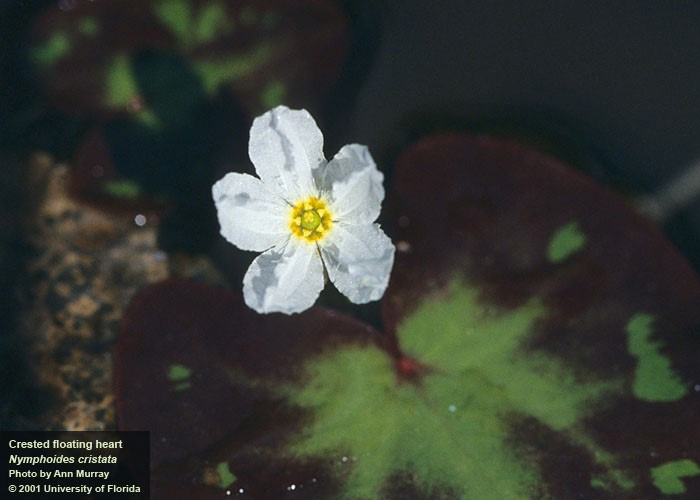Late September and early October were spent writing grants, getting the greenhouse operating, and preparing for the first release. The release on September 12th was very successful, considering it was a land release (much more difficult) and the system-including the volunteers-had not been tried before. Despite a few glitches, 72 totes of weevil-infested salvinia (WIS) were deployed in Willowson Woodyard, and the greenhouse restocked with fresh salvinia (in the same totes) in about 5 hours. Some tweaking still needs to be done, but this is without question a feather in everybody’s cap.
It looked as though another release would be possible, because of a high larval count in the samples at the time. However, we had a little cold snap that set back the rate at which the population was growing. I was monitoring the weevil population in the greenhouse, and the numbers peaked at 12/ kilo and have come down to around 8/kilo, which is what can be expected at this time of year. We actually did quite well to get a release done, considering that the greenhouse was only completed enough to introduce weevils at the end of July.
Since the release, I have spent a lot of time putting the finishing touches on the greenhouse. With assistance from a small band of volunteers, the storage tanks were painted, the storeroom reorganized, a landscaping mat laid down, and the bare ground seeded with rye grass. More fill has been brought in to improve drainage and smooth out the “rocky” areas. I appropriated 20 wading pools from the greenhouses at the Caddo Lake National Wildlife Refuge (with TPWD’s approval). These were placed in the drive-through (which will not be used until the spring), and filled with water and salvinia. This will provide some extra plants to feed the weevils if Mother Nature decides to revise our plans. Many thanks to Jan Cook, Sharron McAvoy, Susan and Steve Sedbury, and Robert Speight for their help. I would also like to thank Dale Renkenberger, who located a nearby cove with a good supply of salvinia, and helped us collect it.

Around the middle of October, there was a flurry of activity related to a newly arrived invasive, Crested Floating Heart (CFH). It is a rooted lily pad type of plant that grows rapidly, and can spread by fragmentation. The fragments have a “tuber cluster” that helps it get started in a new location. This combination of traits makes it very hard to control. There is no known biological control agent. I did see an insect on the CFH, but was unable to catch it. It appeared to be a long-horned leaf beetle. I have narrowed it down to three or four species in the family Donacia.
After being alerted by Robert Speight, I located some fifty patches of CFH, up and down the river, from the slough near the entrance to Smith’s Slough, to Marker 90. Beyond that, I did not find any, but it may be hidden in the mats of salvinia so everybody needs to keep an eye out for it (see picture). It’s hard to see, but the distinguishing feature of CFH is that it has a crest (or ridge or ruffle) that stands out from the center of each petal of its small white flowers. I coordinated with TPWD, and they confirmed that it was CFH. They also responded very quickly with herbicidal treatments.
Recently I spent some time winterizing the greenhouse and the pipeline that carries water from the lake. I have also spoken to three groups of people since the release, about 30 people in all (nothing like September, when I spoke to over 400 people). Of course, I frequently speak with people that stop by the greenhouse, or that ask me questions when I go to Caddo Grocery or the Shady Glade Café, etc. I am now turning to the tasks that will keep me busy during the winter months: outreach, experimentation, and fundraising, all of which are interconnected. I was planning to try to raise some alligatorweed flea beetles over the winter, but have been unable to find a patch of alligator weed that hasn’t been sprayed. I may try to raise some Crested Floating Heart and see if an insect herbivore is present. I have lots of ideas for other (applied) experiments. I have a couple of presentations to teachers scheduled for the spring. I will be looking for funding opportunities and groups to whom I can speak in the weeks ahead. Of course, I will be maintaining the greenhouse and doing whatever else I can do to fight invasive aquatic weeds at Caddo Lake.
Lee Eisenberg
Director of the Morley Hudson Weevil Greenhouse
Uncertain, TX
